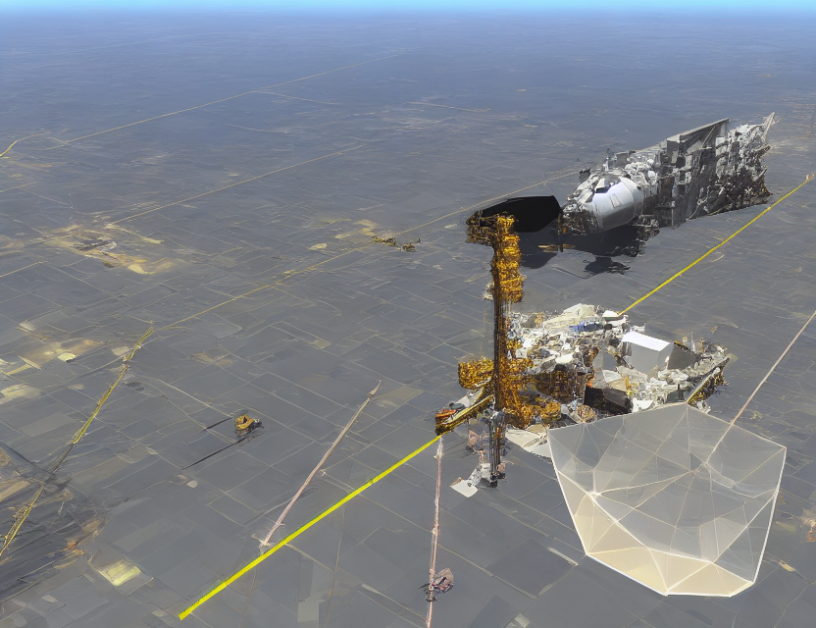This article explores the conditions under which a single-antenna transmitter equipped with 2M + 1 antennas can focus its signal onto a specific region. The study considers two polarizations at both transmitter and receiver sides, analyzing how the ULA size affects the maximum achievable rate.
The findings reveal that increasing the ULA size improves the signal focusing but reduces the maximum achievable rate. The optimal ULA size is found by maximizing the determinant of a matrix, which represents the signal-to-noise ratio. The results indicate that for high SNR values, the achievable rate follows an exponential function of the logarithm of the signal-to-noise ratio.
The article simplifies complex concepts by using analogies such as "a single ULA antenna is like a camera with multiple lenses" and "the signal is focused on a specific region like a spotlight." The author maintains a balance between simplicity and thoroughness, making the article accessible to readers without prior knowledge of the subject.
In summary, this work investigates how to maximize the focus of a single-antenna transmitter in a given region, exploring the impact of ULA size on signal quality and achievable rate. The study uses everyday analogies to demystify complex concepts and make the article easy to comprehend for readers without prior knowledge in the field.
Computer Science, Information Theory
Beam-Focusing Capabilities of ULA: Maximum Achievable Rate Analysis



